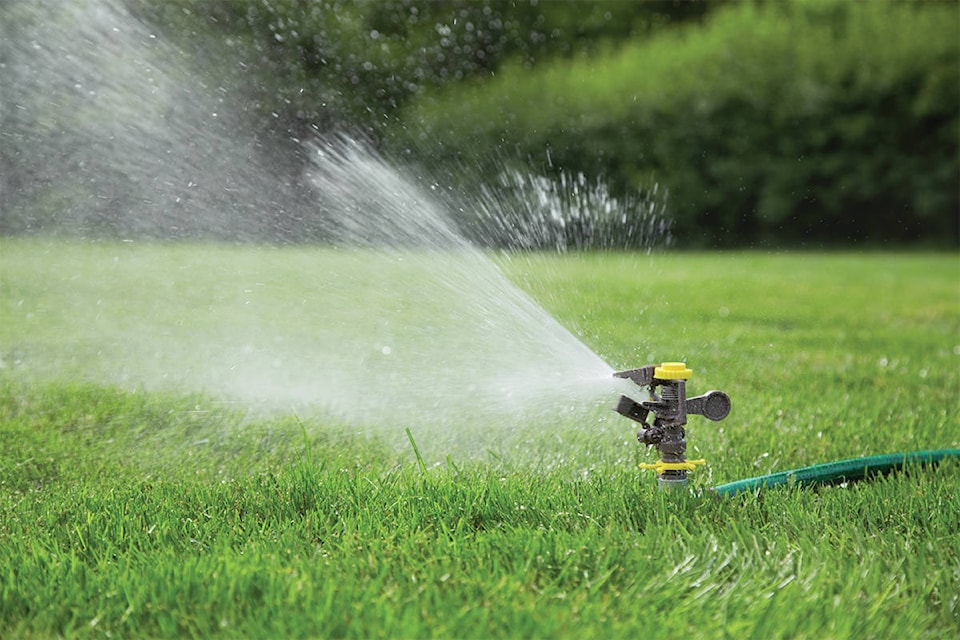As wildfires rage on, drought conditions and water scarcity are becoming another top concern for officials.
Most of southern B.C. have received little to no rainfall over the last five weeks – and current forecasts show a dry summer in the weeks ahead.
While freshwater angling closures are in place throughout B.C., due to increased stress to fish from low flows and high water temperatures, the province is urging a clamp down on water conservation across the province.
Areas currently under Level 4 drought conditions include the Thompson-Okanagan, Lower Columbia and West Kootenay basins, as well as the Easter Vancouver Island basin and Gulf Islands. In these areas, adverse impacts are likely for people and ecosystems.
B.C. ranks drought levels from 0 to 5. Drought Level 5 is rated as the most severe, with adverse impacts to socioeconomic or ecosystem values being almost certain.
Regions currently under Drought Level 3 include the entire Okanagan Valley, Similkameen, South Coast and Lower Mainland, Cariboo-Chilcotin, North and South Thompson Basins and parts of Western Vancouver Island.
If conservation measures do not achieve sufficient results and drought conditions worsen, temporary protection orders under the Water Sustainability Act may be issued to water licensees, to avoid significant or irreversible harm to aquatic ecosystems. Water being used to extinguish wildfires are not part of provincer water laws.
British Columbians have a number of ways they can conserve water, including:
• Limiting outdoor watering.
• Not using water during the heat of the day or when it is windy.
• Considering planting drought-tolerant vegetation.
• Taking shorter showers.
• Not leaving taps running.
• Installing water-efficient showerheads, taps and toilets.
Those on a farm can also implement an irrigation scheduling program using real-time weather data, while checking for leaks to improve water system efficiencies and when watering focus on high-value crops and livestock.
All are being asked to limit non-essential water use.
@ashwadhwani
ashley.wadhwani@bpdigital.ca
Like us on Facebook and follow us on Twitter.
Want to support local journalism? Make a donation here.



